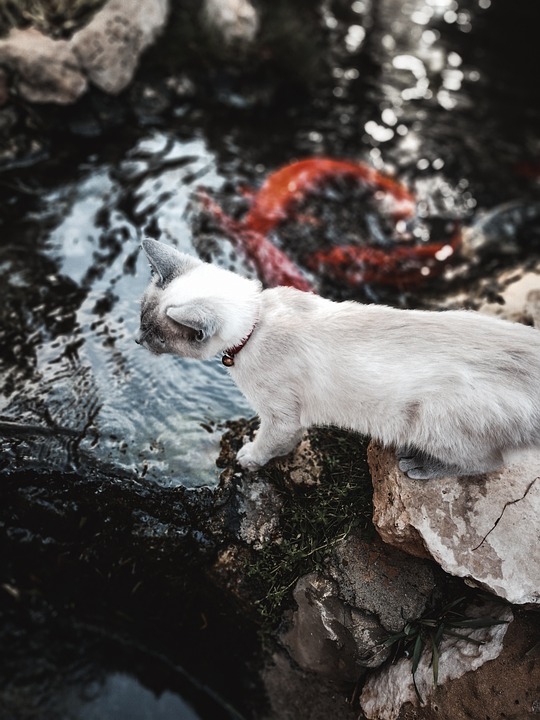Maintaining a healthy and thriving aquarium requires more than just providing the right food and environment for your fish. Regular water replacement plays a vital role in ensuring the well-being of your aquatic companions. In this article, we will delve into the intricacies of fish behavior and share effective techniques to encourage a positive response during tank water replacement. Additionally, we will address frequently asked questions to help you become a knowledgeable and confident aquarist.
To ensure a successful water replacement process, it is crucial to comprehend how fish behavior is influenced by environmental changes. Fish are highly sensitive to alterations in their surroundings, and sudden changes in water parameters can lead to stress and health issues. By understanding their natural instincts and adapting our practices accordingly, we can encourage a positive response during water replacement.
Before initiating the water replacement process, it is essential to prepare both the fish and the new water. Testing the quality of the new water, such as temperature, pH, ammonia, nitrite, and nitrate levels, is crucial to match them as closely as possible to the existing tank water. Gradually adjusting the temperature of the new water to match that of the tank water can minimize stress. Additionally, treating the new water with a dechlorinator and ensuring proper aeration will remove harmful chemicals and maintain optimal oxygen levels.
During the actual water replacement, employing certain techniques can significantly reduce stress levels for your fish. Replace the water gradually, aiming for a maximum of 20-25% per change. Rapid water replacement can shock and stress the fish. Using a siphon or gravel vacuum while removing the old water can help extract debris and uneaten food, enhancing water quality. Maintaining a gentle flow of water during replacement mimics natural water movement and reduces fish stress.
After completing the water replacement process, closely monitor your fish for any signs of stress or discomfort. Observing changes in swimming patterns, appetite, coloration, or signs of distress, such as rapid gill movement or unusual hiding, is crucial. Waiting for at least an hour after water replacement before resuming feeding allows fish to acclimate to their refreshed environment.
Here are some frequently asked questions about tank water replacement:
Q1. How often should I replace the tank water?
A: It is generally recommended to replace 20-25% of the tank water every 1-2 weeks. However, the frequency may vary depending on the size of the tank and the number of fish.
Q2. Can I use tap water directly for water replacement?
A: Tap water may contain harmful chemicals such as chlorine or chloramine. It is essential to treat tap water with a dechlorinator before using it in the aquarium.
Q3. Should I remove the fish from the tank during water replacement?
A: Unless absolutely necessary, it is best to leave the fish in the tank during water replacement. Removing them can cause additional stress.
Q4. How do I know if the water parameters are suitable for my fish?
A: Regularly testing the water parameters using aquarium test kits can help ensure the conditions are suitable for your fish. Consult with a knowledgeable aquarist or pet store professional for guidance.
Q5. Can I replace more than 25% of the water at once?
A: It is generally recommended to replace a maximum of 25% of the water at once to minimize stress on the fish. However, consult with a knowledgeable aquarist or pet store professional for specific recommendations based on your aquarium setup.
By understanding fish behavior and implementing appropriate techniques during tank water replacement, you can promote a positive response in your aquatic friends. Remember to be patient, observe your fish closely, and make gradual changes to minimize stress levels. With these practices in place, you can ensure a thriving and harmonious aquarium environment for your beloved aquatic companions.









